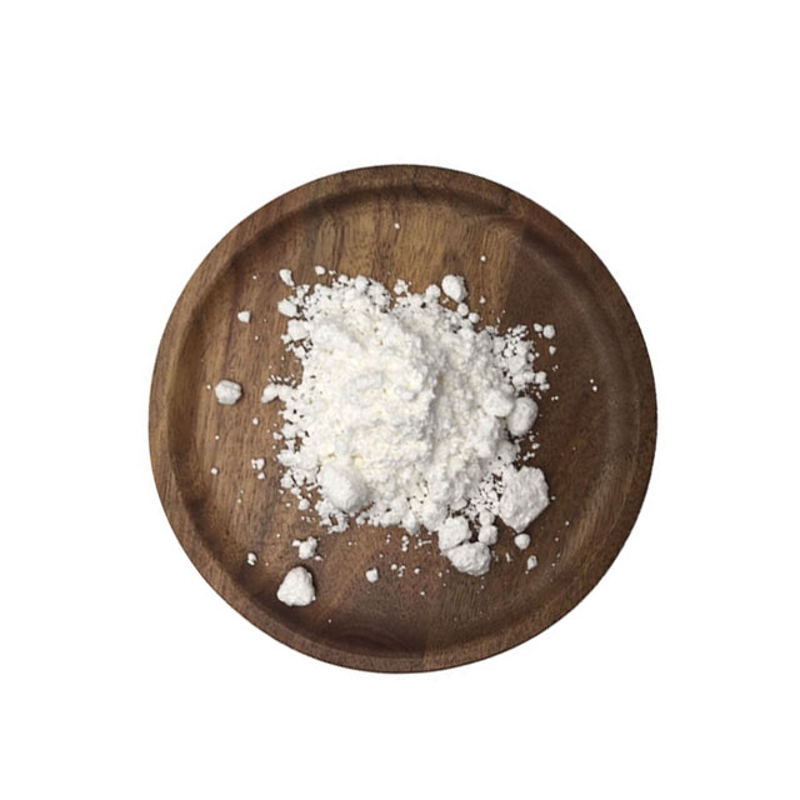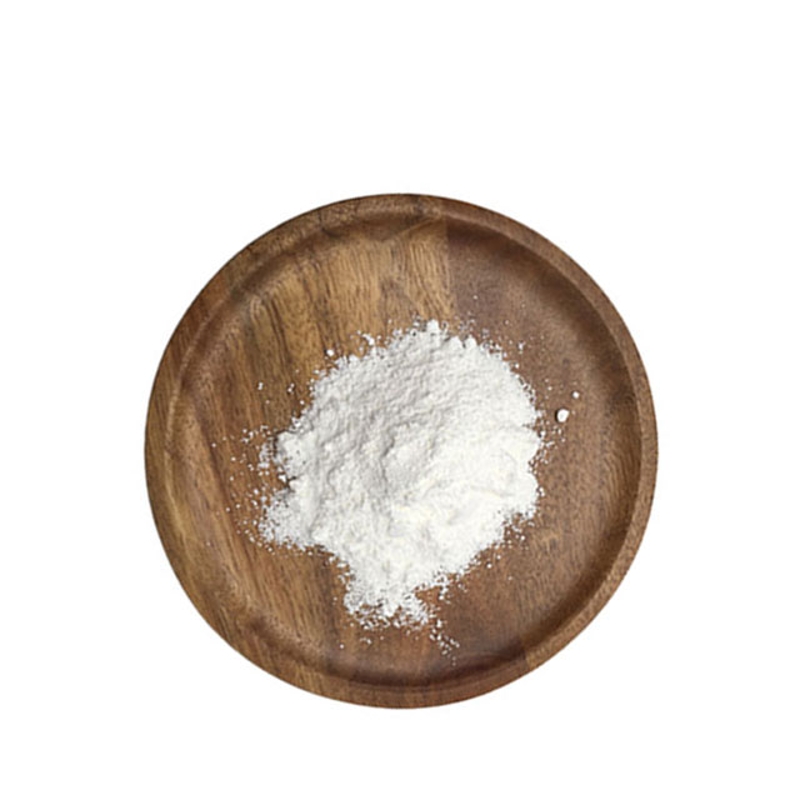-
Categories
-
Pharmaceutical Intermediates
-
Active Pharmaceutical Ingredients
-
Food Additives
- Industrial Coatings
- Agrochemicals
- Dyes and Pigments
- Surfactant
- Flavors and Fragrances
- Chemical Reagents
- Catalyst and Auxiliary
- Natural Products
- Inorganic Chemistry
-
Organic Chemistry
-
Biochemical Engineering
- Analytical Chemistry
-
Cosmetic Ingredient
- Water Treatment Chemical
-
Pharmaceutical Intermediates
Promotion
ECHEMI Mall
Wholesale
Weekly Price
Exhibition
News
-
Trade Service
In 2020, affected by the new crown pneumonia epidemic, the prefabricated food track began to heat up; in 2021, with the birth of "the first share of prefabricated food" Weizhixiang, more people saw the infinite imagination of prefabricated dishes
So, why is the prepared vegetable market so hot? How will the industry develop in 2022?
In recent years, the lazy economy has flourished
The pre-cooked dishes on the market today can be roughly divided into four categories, namely:
Ready-to-eat food refers to those prefabricated prepared products that can be eaten directly after opening, and can also be summarized as "ready-to-eat" products, such as chicken feet with pickled peppers, chicken legs, ham sausage and canned food; instant food refers to those that only need to be heated.
The development history of prefabricated vegetables in China can be traced back to the late 1990s.
From the perspective of the B-side scenario, pre-made dishes are the "accelerator" of merchants
According to the data from the company's investigation, the total number of companies operating in China that include "quick-frozen, pre-made vegetables, pre-made food, semi-finished food, ready-to-eat, and clean vegetables" in China has reached 80,000.
In addition, according to relevant statistics, more than 60% of the dishes in many high-end chain restaurants are pre-made dishes, and more than 74% of chain catering companies in China have built their own central kitchens, and more than half of them are developing standardized and semi-finished products
Since 2020, prefabricated dishes began to break the circle.
1 There are many companies entering the
From the perspective of current industry players, according to "genes", the "traders" of pre-made dishes can be divided into four major schools: professional school, catering school, retail school, and comprehensive school
In addition to the traditional pre-prepared vegetable companies, such as Weizhixiang, Haodelai, Wanglanshu, Guyan, Xinliangji and other brands, the addition of some new companies has made the entire industry more active
Haidilao and Jia Guolong kung fu dishes from restaurant background
In the past two years, Anjing Foods has increased the promotion of pre-made dishes, launched the "Mr.
Hengxing Aquatic Products, Guolian Aquatic Products, Asian Fishing Ports, etc.
Meat companies such as Yongda Foods, Shuanghui Foods, and Longda Meat are not far behind
2 Retail platforms are increasing
While the production side is lively, the sales side is also very lively
On December 7, 2021, Aunt Qian released a major news, officially announcing a strategic cooperation with Wuzhi Lu Goose to empower the market development of the prefabricated vegetable industry
In addition to increasing the sales proportion of pre-made dishes on the platform, some platforms also launch their own brand of pre-made dishes through third-party contract manufacturing and self-built factories
.
Yonghui Supermarket has launched its own brand "Hui Ma Daojia" and Dingdong's own brand "Dingdong Ace Cuisine", which further deepened the connection with pre-made dishes
.
3 Capital sought after
The popularity of the prefabricated food track has also attracted a lot of capital to enter
.
According to incomplete statistics, in the past two years, pre-made food brands such as Zhenwei Xiaomeiyuan, Maizima, Qingcookang, Dingdingbao, Wangjiadu Foods, Three Meals You Material, Xunweishi, and Xianwuzhi have received financing respectively
.
Weizhixiang will be listed in 2021, officially becoming the first stock of pre-made dishes
.
The sense of smell of capital has always been the most sensitive.
Many capitals have flocked to the prefabricated food track with large sums of money.
They are not looking at the limited dividends brought by the epidemic, but the longer-term future of prefabricated food
.
Zhang Honglie, a Chinese cooking master and chief consultant of the Shuhai supply chain, said that 2021 to 2031 is the golden decade for the development of pre-made dishes
.
Behind this boom, pre-made dishes are still in their infancy in China, especially in the C-end market
.
The founder of the prefabricated food brand Maizima also said that from the consumer side, 2021 is the first year of prefabricated food in the true sense
.
As far as he knows, the sales of prepared dishes in 2021 will double from 2020
.
Although the growth rate is gratifying, it is necessary to clearly realize that this data is based on a low base
.
Therefore, from the perspective of the consumer market, the prefabricated vegetable industry still has a long way to go before it becomes really hot
.
On this road, there are still several major pain points that need to be solved urgently
.
First, there is the issue of taste restoration
.
The biggest advantage of pre-made dishes is convenience, which facilitates the fast and convenient meal delivery at the B side, and also liberates the people at the C side who cannot cook or have no time to cook
.
However, it still has one of the biggest drawbacks at present: poor taste recovery, which is also the biggest stumbling block for pre-made dishes to enter the family
.
This is related to the production process of prepared dishes
.
Some pre-made dishes will be pre-treated, aged and seasoned in the factory.
After consumers buy them, they will reheat them at home, and the taste of the products will become worse
.
Consumers will compare their heated products with the same dishes they taste in restaurants, complaining that pre-made dishes do not taste good
.
This is the biggest problem facing prefabricated dishes at present, and improving and optimizing the taste is also one of the main directions for prefabricated food companies and the entire industry to work hard
.
Second, there is the issue of price
.
At present, the largest sales volume of pre-made dishes comes from cooking bags, which are mainly used in Chinese fast food and takeaway channels
.
The requirements of such channels for products are fast delivery, high cost performance, and deliciousness is not the first priority
.
This means that it is not realistic for such products to open sales in home channels
.
Many manufacturers are also aware of this problem.
There are obvious differences between pre-made dishes and cooking bags for families.
They are usually more sophisticated in materials, focusing on real materials
.
However, this also means higher costs
.
At present, many semi-finished prefabricated dishes launched for the C-side have relatively high prices, and the prices of some dishes are almost the same as the same dishes in restaurants, which makes the competitive advantage of prefabricated dishes not obvious
.
How to provide consumers with products that are more cost-effective and more competitive than restaurants on the premise of ensuring genuine materials is also a problem that prefabricated food companies need to consider
.
Again, it's hard to talk
.
There are 8 major cuisines in China, which means that no matter which company wants to use a product to break into the world, there is a certain difficulty
.
For the development of products for regional tastes, there may be situations where the input is not proportional to the output
.
Therefore, how to grasp the local characteristic taste and the popularity of local consumers is also a problem that enterprises have to face
.
Lu Cuiping Lu Fanling / Text
"China Food News" (05 edition on January 13, 2022)
(Editor-in-charge: Lu Fanling)







